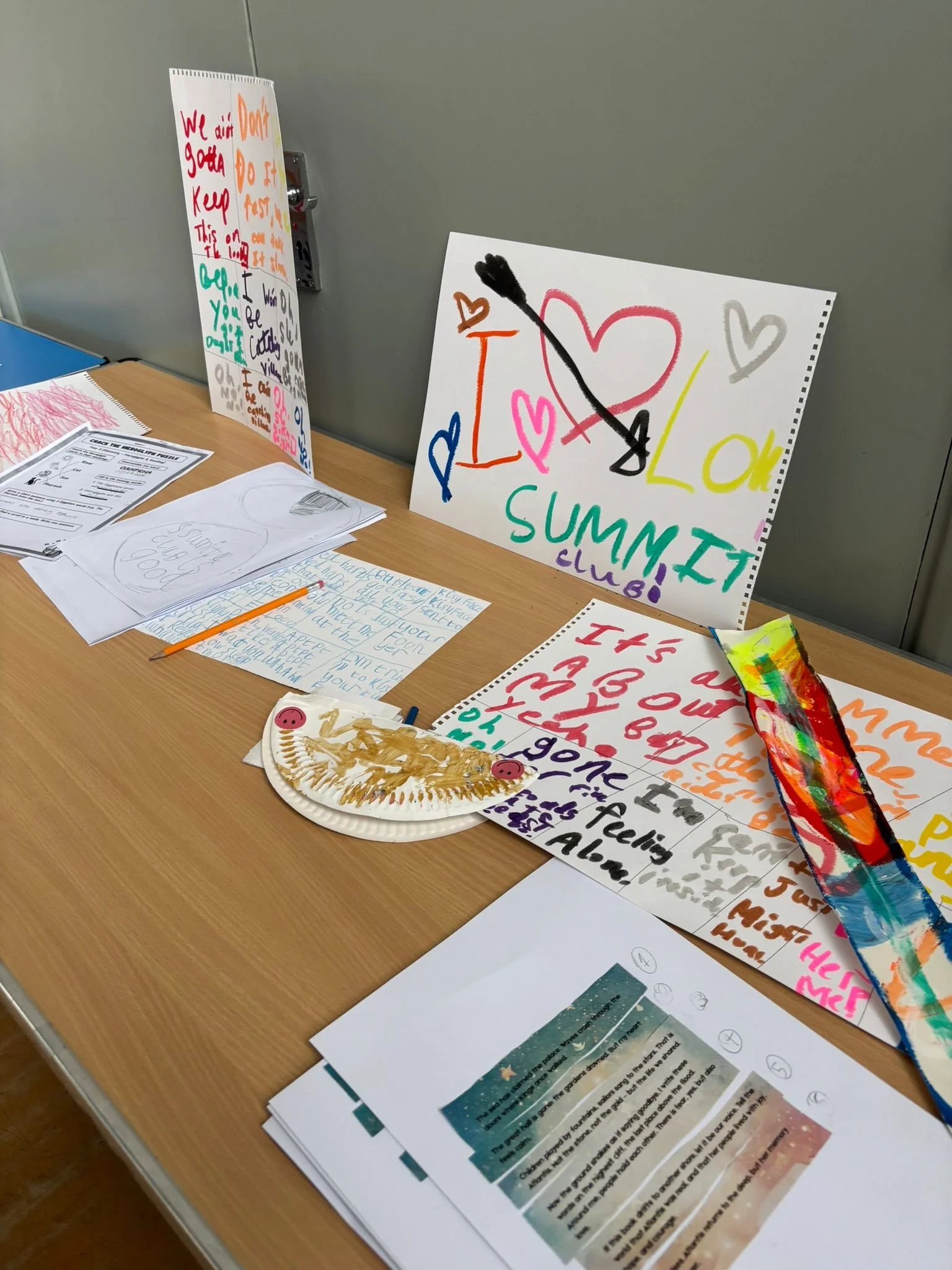Top three memorising techniques!
Sure, writing things down or repeating them to yourself is a good way to make sure your brain retains important information before a big test. But, you know that horrible sunken feeling when you want to remember something specific, and it’s at the tip of your tongue- so close you can almost feel it, but the information just hasn’t stuck? And, you’re forced to move on because you just can’t seem to remember? These retention techniques are the best tools to never experiencing that feeling again!
1. The Loci method
This method involves associating something with a location you’re familiar with so that you have an easier time remembering it during a test. For example, if you had to study the concept of mirror neurons for a psychology test, thinking of and associating it with your mirror/vanity at home will ensure you have an easier time remembering the concept during the test.
2. Name-Image Technique
This is a great technique for remembering the names of significant/ historical figures. Instead of studying just their name, study their face as well. Focus on a feature that stands out, (red hair, giant nose, curly hair, blue eyes) associate that feature with their name, and learn it as one unit. For example, ‘Curly Hair George Washington’.
Curly Hair George Washington
3. The Feynman Technique
Step 1: Explain the topic out loud to someone who is not familiar with the topic. Use the simplest level of language you can. complex terms are most likely to be the easiest to forget while writing a test. Creating your own analogies is a fantastic way to gain mastery and learn empathy. Teaching someone something new by relating it to an idea that they’re familiar with will really test your own understanding.
Step 2: Identify gaps in your own understanding, points where you can’t explain an idea in simple terms.
Step 3: Go back to the source material to study up on your weak points until you can explain it in simple language.
Step 4: Repeat the previous 3 steps until you’ve mastered the topic.
SIMPLE AND CONCISE is key!
By pinpointing the problem areas, you can focus on re-learning only those bits to save time as well as not saturate your brain. This an efficient targeted studying technique. Here’s a great video that explains the Feynman technique further.
All the best for your exams!
We’ve also created a study group on Facebook to learn together, answer questions as well as to conduct live sessions with various innovative and creative individuals from all walks of life, get a sneak peek into their lives and what drives them!
For other blogs on the body and mind, check out:
How to keep moving: body and mind












Do you struggle with time management, often thinking to yourself that there just aren’t enough hours in the day?
Thankfully, technology is here to save the day, as there are numerous apps you can download to increase your productivity, check things off your to-do list, and generally be more organized and efficient.